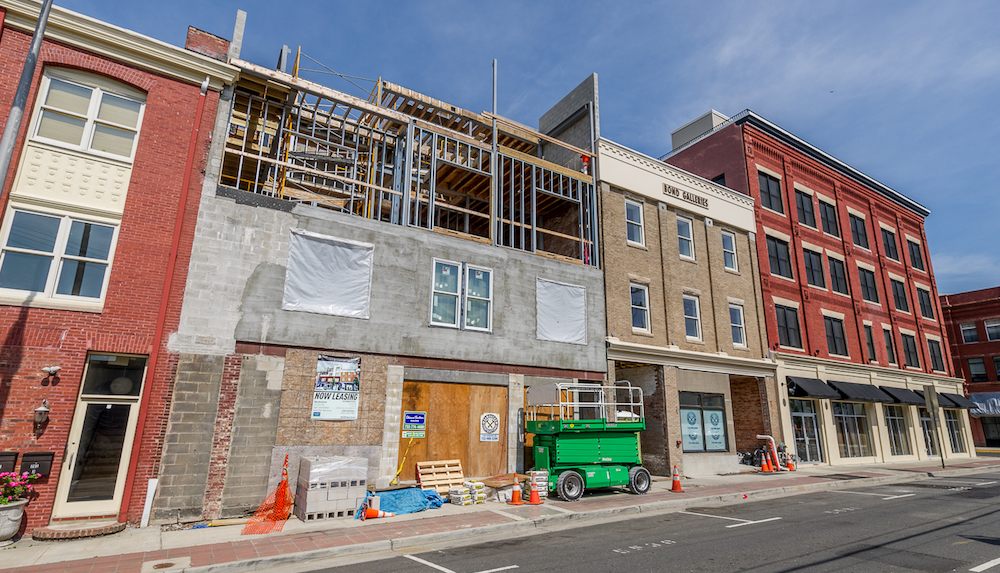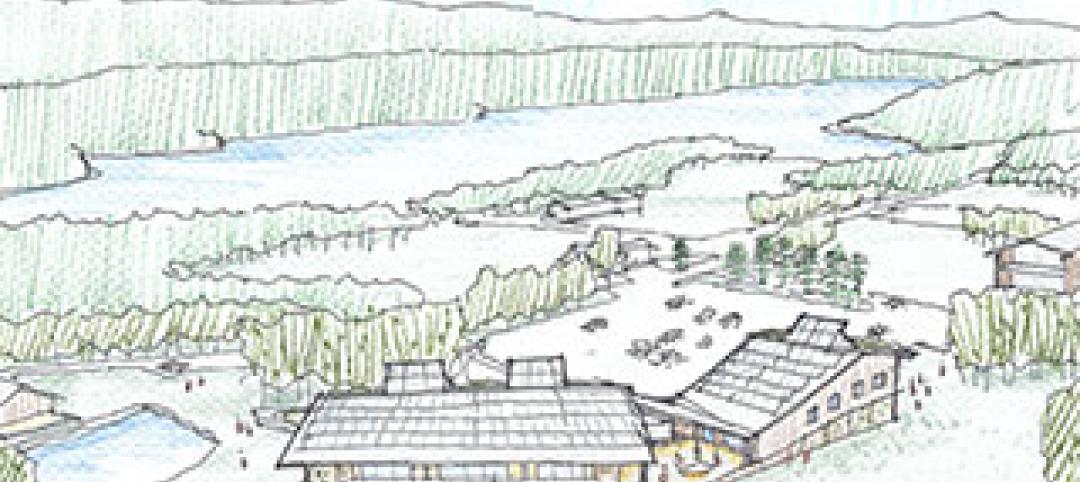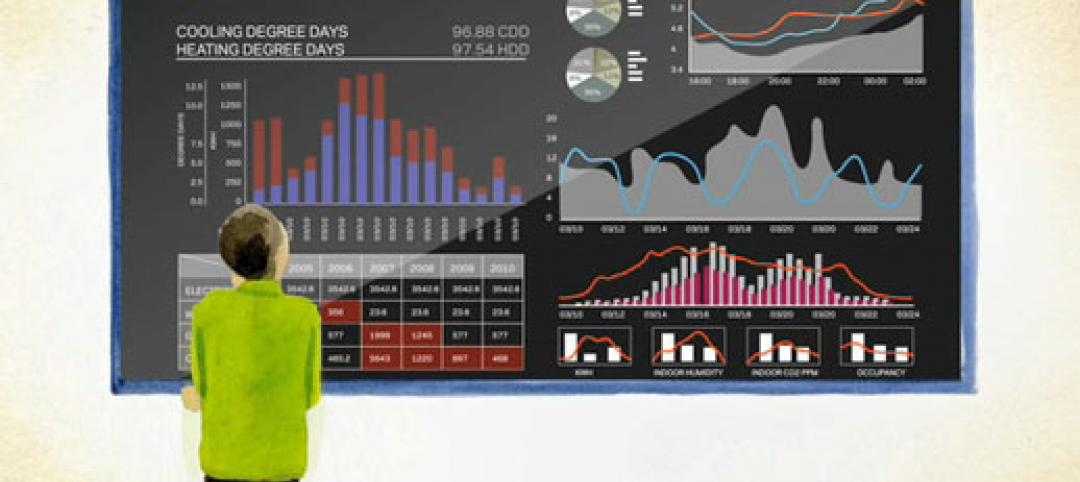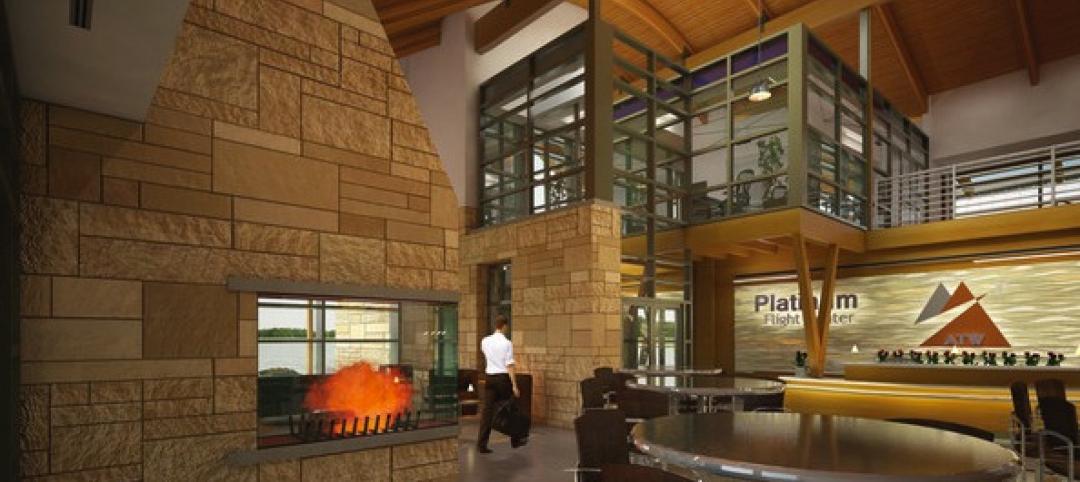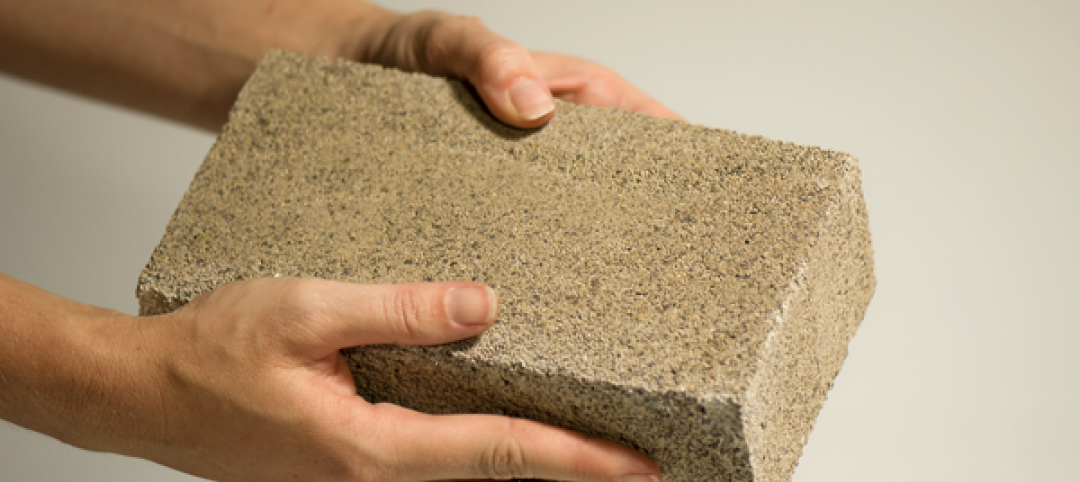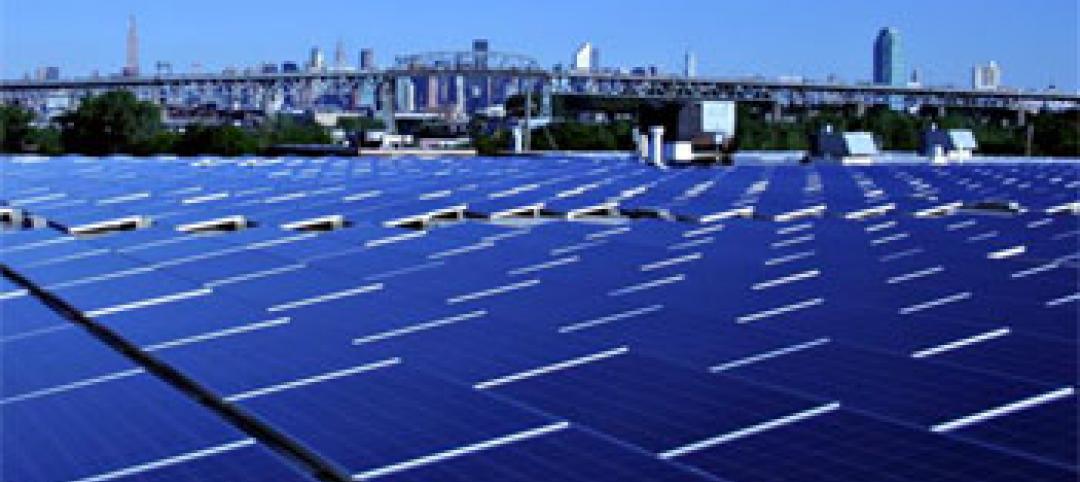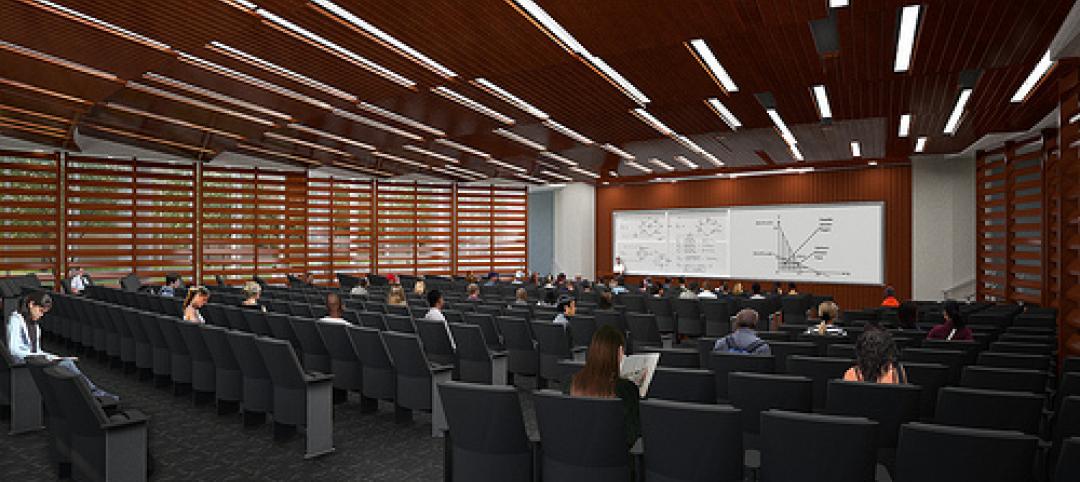The U.S. Green Building Council (USGBC) announced a new LEED pilot credit: Building Material Human Hazard & Exposure Assessment.
The credit aims to encourage building teams and manufacturers to assess human health-related exposure scenarios for products during installation and beyond.
“We have a focus on transparency and optimization so specifiers can know what they are using and can reward innovation,” said Scot Horst, chief product officer, USGBC. “But understanding how a material impacts human health requires a full understanding of hazard and exposure. The new pilot credit is a first step toward evaluating exposure by encouraging product inventories in order to prioritize decision making.”
The pilot credit is intended to reward manufacturers who perform hazard and exposure assessments designed to help minimize human health impacts during installation and use of their products. By requiring exposure to be considered during product development, make linkages can be made between the product’s ingredient inventory and hazard assessment required by the existing Materials Ingredients credit and performance testing required by LEED’s Low Emitting Materials credits.
Related Stories
| Oct 14, 2013
Computer simulation aids design of Vermont ski area net-zero lodge and fitness center
The Craftsbury (Vermont) Outdoor Center has broken ground on a new activity lodge and fitness center. An energy modeling computer simulation was used to optimize solar orientation, insulation values, and the form of the building.
| Oct 10, 2013
Carnegie Mellon study looks at impact of dashboards on energy consumption
A recent study by Carnegie Mellon took a look at the impact of providing feedback in an energy dashboard form to workers and studying how it impacted overall energy consumption.
| Oct 7, 2013
Geothermal system, energy-efficient elevator are key elements in first net-zero public high school in Rhode Island
The school will employ a geothermal system to heat and cool a portion of the building. Other energy-saving measures will include LED lighting, room occupancy sensors, and an energy-efficient elevator.
| Oct 4, 2013
Sydney to get world's tallest 'living' façade
The One Central Park Tower development consists of two, 380-foot-tall towers covered in a series of living walls and vertical gardens that will extend the full height of the buildings.
| Sep 30, 2013
Smart building systems key to new Wisconsin general aviation terminal’s net zero target
The Outagamie County Regional Airport’s new 8,000 sf general aviation terminal was designed to achieve net zero.
| Sep 26, 2013
Sheep's wool insulation, bio-brick among Cradle to Cradle product innovation finalists
Ten finalists are competing for $250,000 in prizes from the Cradle to Cradle Products Innovation Institute and Make It Right.
| Sep 24, 2013
8 grand green roofs (and walls)
A dramatic interior green wall at Drexel University and a massive, 4.4-acre vegetated roof at the Kauffman Performing Arts Center in Kansas City are among the projects honored in the 2013 Green Roof and Wall Awards of Excellence.
| Sep 23, 2013
After retrofit and PV array project, N.Y. beverage distributor gets to net-zero
Queens, N.Y.-based beverage distributor Big Geyser’s energy efficiency retrofit project and rooftop solar array installation have positioned the company’s facility to achieve net-zero power.
| Sep 19, 2013
What we can learn from the world’s greenest buildings
Renowned green building author, Jerry Yudelson, offers five valuable lessons for designers, contractors, and building owners, based on a study of 55 high-performance projects from around the world.
| Sep 16, 2013
Passive solar, enhanced envelope crucial to Univ. of Illinois net-zero project
Passive solar strategies and an enhanced envelope are keys to achieving net-zero on the new 230,000 sf Department of Electrical and Computer Engineering building at the University of Illinois at Urbana-Champaign.


